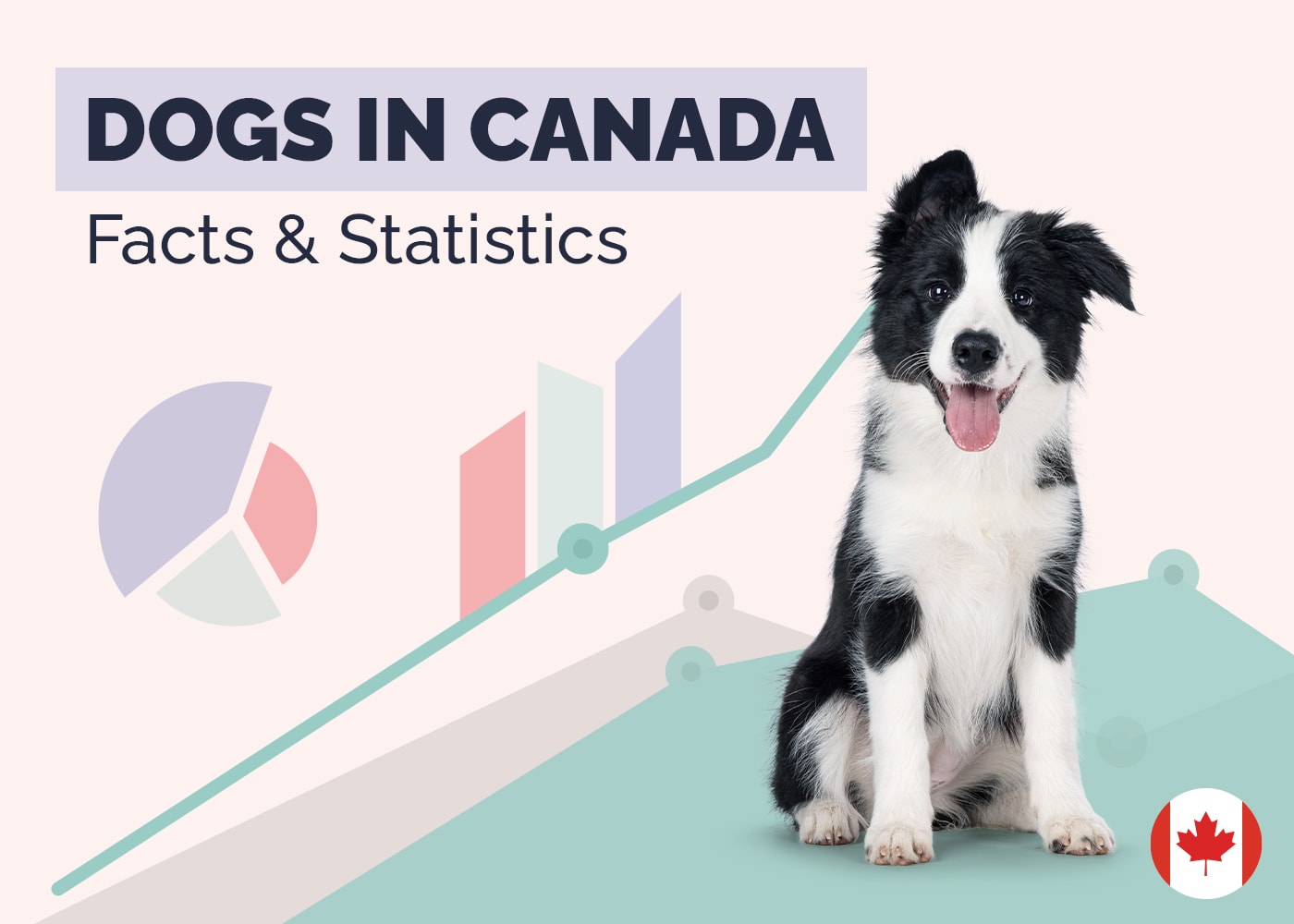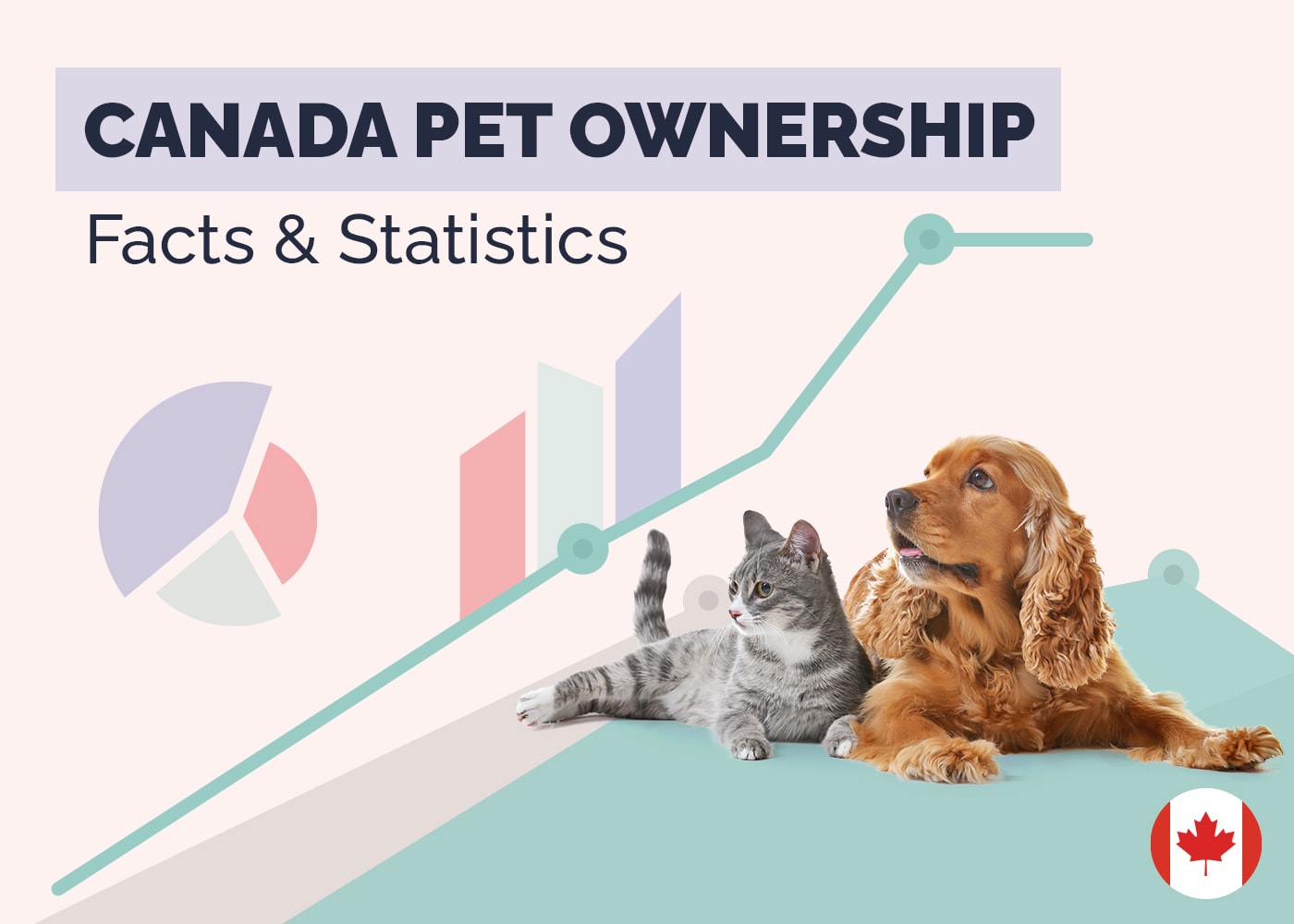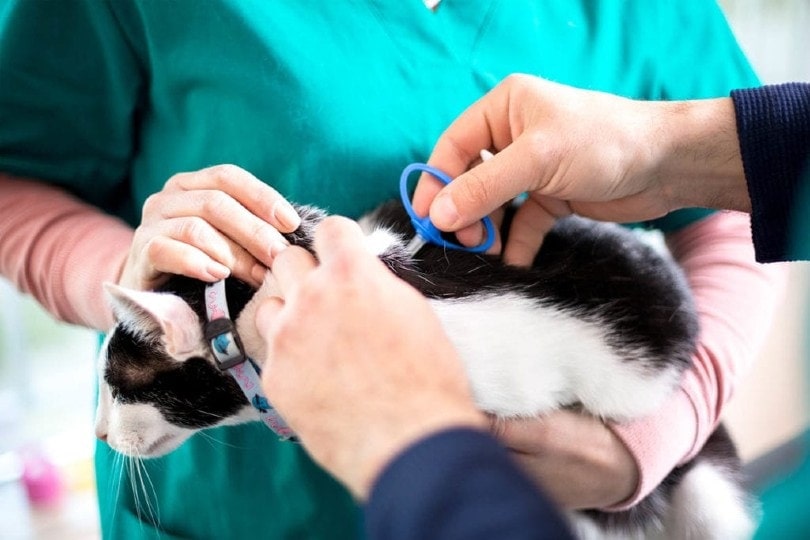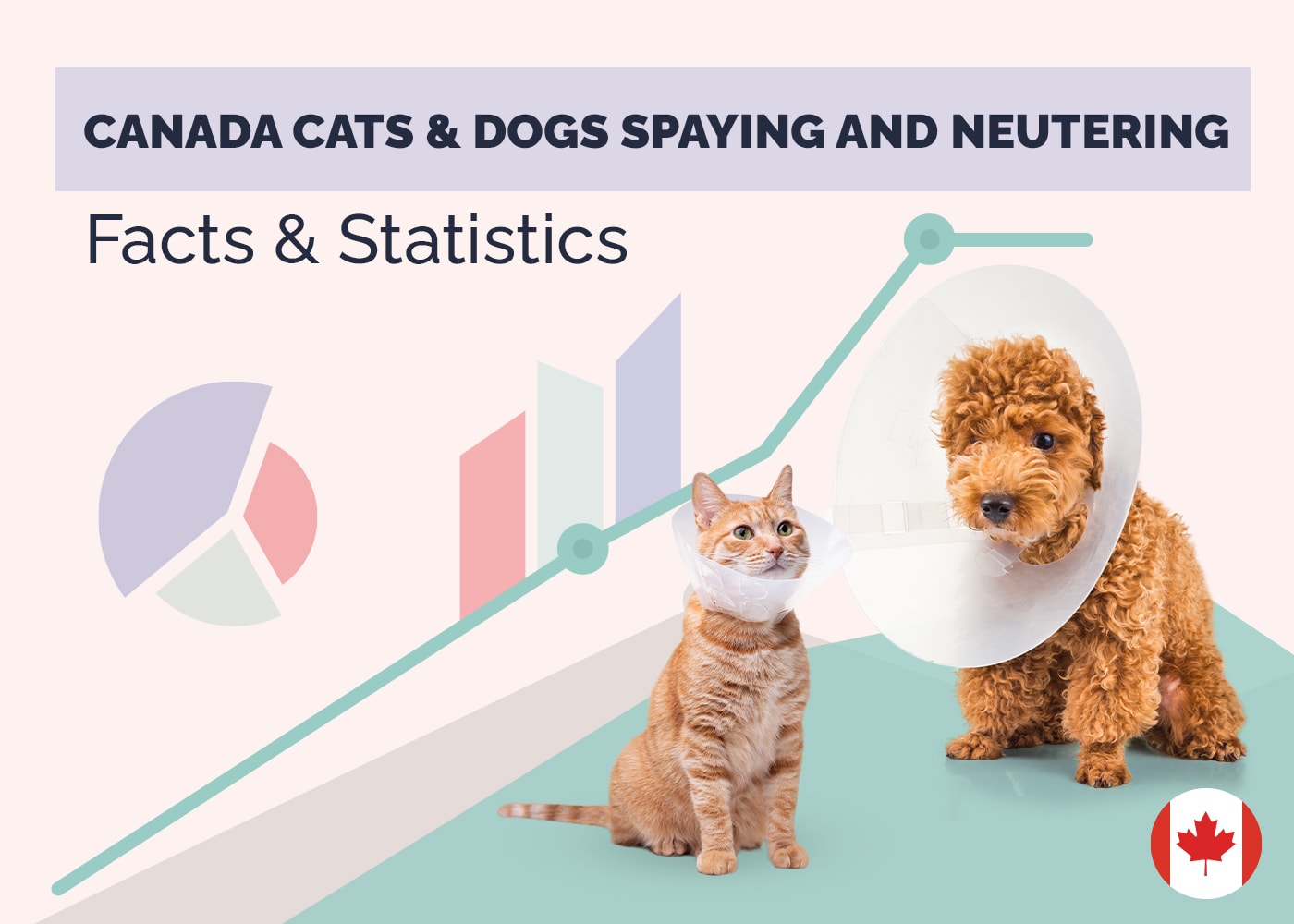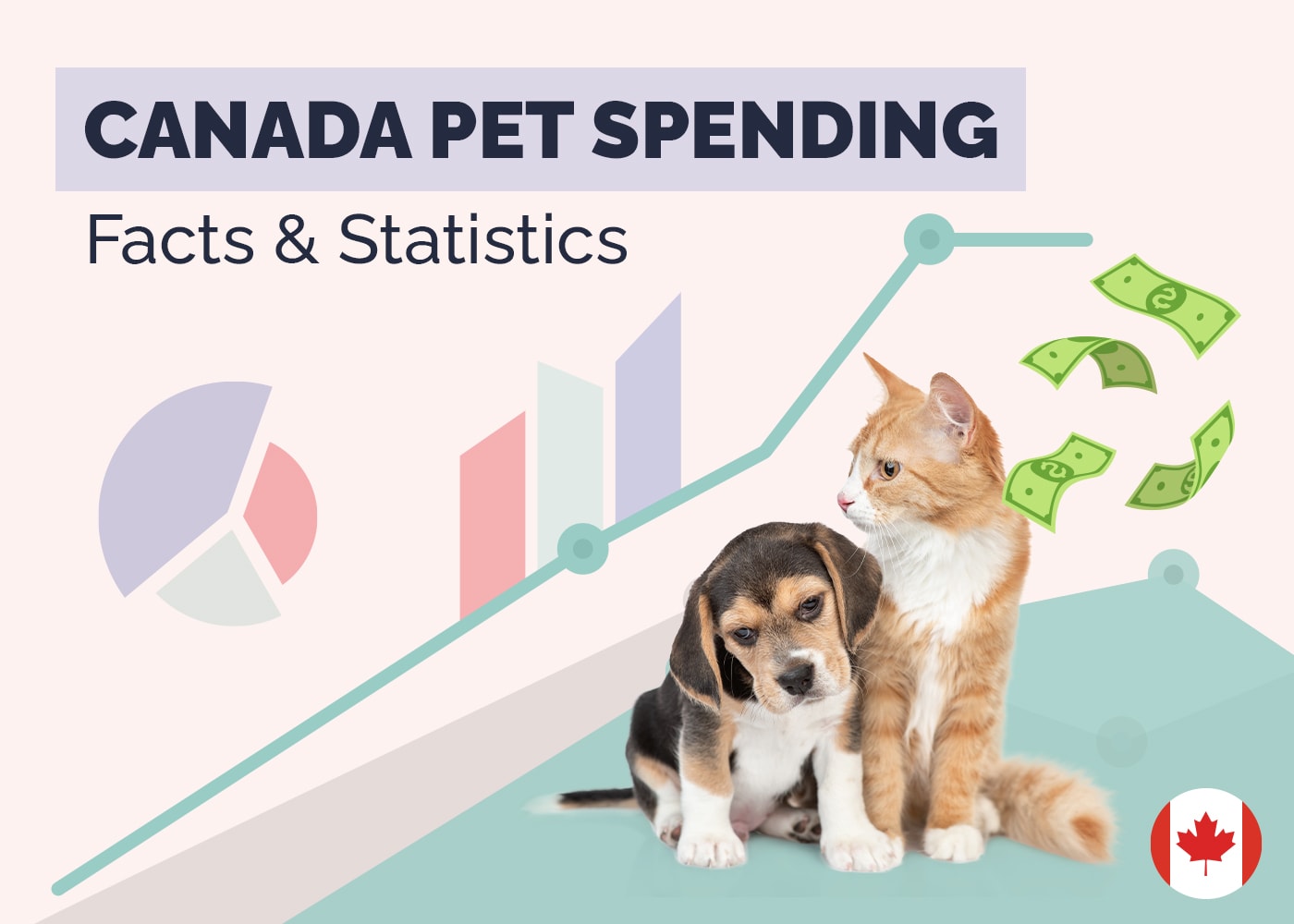How Much is Veterinary School in Canada? 14 Surprising Statistics: 2024 Update
Updated on
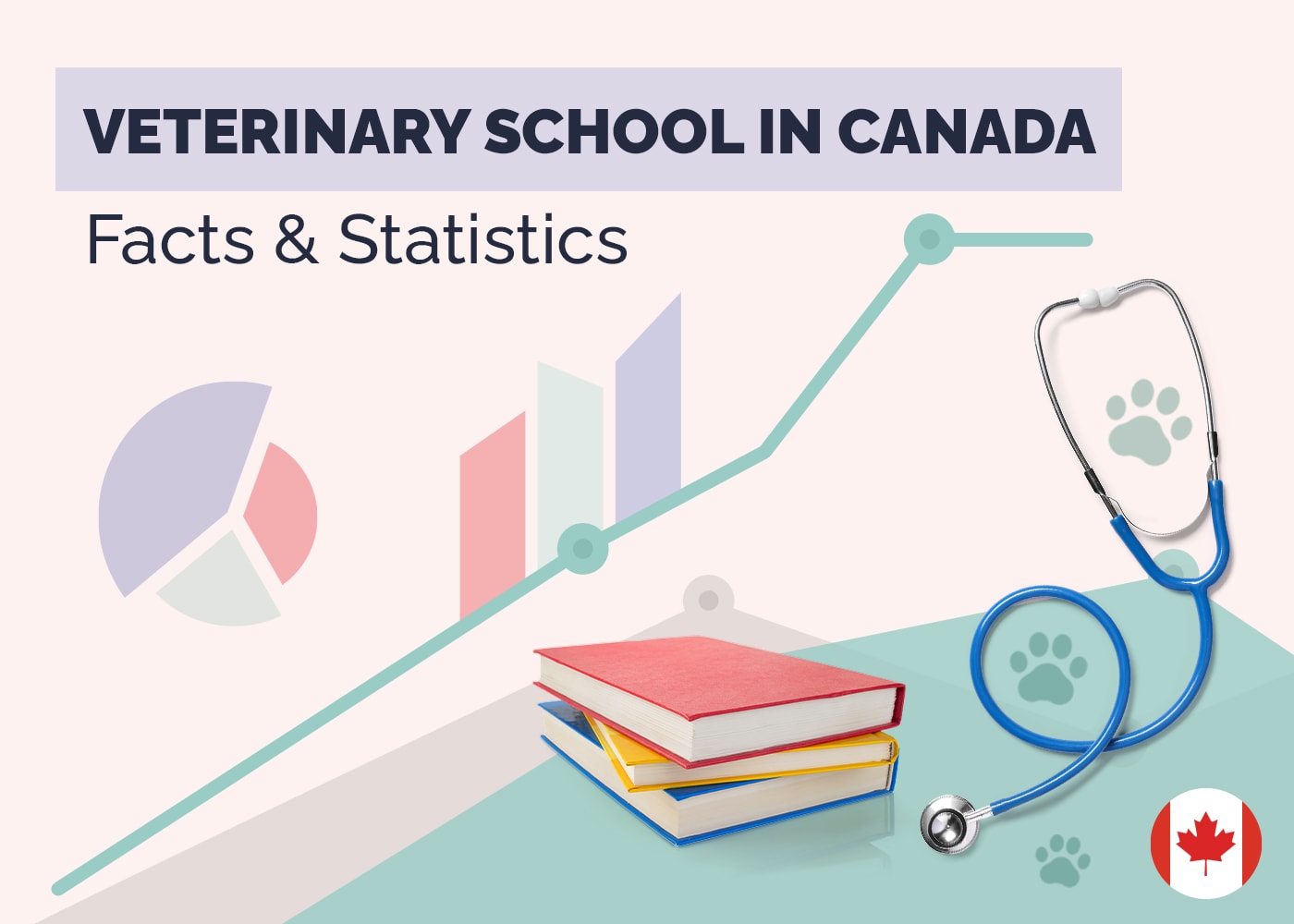
Click to Skip Ahead
Note: This article’s statistics come from third-party sources and do not represent the opinions of this website.
Studying to be a veterinarian in Canada is a long journey that costs a lot of money as tuition fees are high. There also aren’t many veterinary colleges in Canada, and you have to go to the one located in the province where you live. Due to these factors, only a few eager, determined, and hard-working applicants eventually get into these veterinary programs.
However, veterinarians are in high demand in Canada, and this industry has a lot of expected market growth. If you’re interested in pursuing a DVM degree in Canada, check out these interesting statistics and what you can expect once you’ve graduated.
In this article we will cover the following:
The 14 Veterinary School Statistics in Canada
- Qualifying students without funding can pay up to $67,717 annually for their tuition.
- Around 450 students graduate from veterinary schools in Canada each year.
- There are five veterinary schools in Canada.
- Ontario Veterinary College at the University of Guelph is Ranked fifth in the world for Veterinary Science.
- The Faculty of Veterinary Medicine at Université de Montréal has the lowest tuition fee.
- It takes a minimum of 6 years to obtain a DVM degree in Canada.
- There are only around 15,322 veterinarians in Canada.
- There are around 6,080 Canadian businesses in the veterinary services industry.
- Ontario has the highest number of veterinarians, totaling 5,383.
- There are 25% more female veterinarians than male veterinarians in Canada.
- On average, veterinarians earn around $104,380 per year.
- The Canadian veterinary services industry has a market size of $6.6 billion in 2023.
- Between 2018 and 2023, the market size of the Canadian veterinary services industry has grown by an average of 3.6% per year.
- 432,533 pets were insured in Canada by the end of 2021, which is 22.7% higher than the year before.

Veterinary College Statistics
1. Qualifying students without funding can pay up to $67,717 annually for their tuition
(CBC and University of Saskatchewan)
Depending on the veterinary college a student attends, they will have to pay different tuition fees, which can vary drastically. The University of Saskatchewan welcomes domestic and international students into their veterinary program, with international students having to pay $67,717 annually and domestic students having to pay $12,717 per year.
However, Saskatchewan devised a plan to admit 30 students without provincial funding. These unfunded students have to pay the same annual tuition fees as international students, which is crippling financially. Tuition isn’t their only expense, as these students will have to pay for their housing and living expenses too.

2. Around 450 students graduate from veterinary schools in Canada each year
(CVMA 1)
Due to limited veterinary colleges in Canada, the fact that students can only attend the college in the province where they live, and the high tuition fees, only around 450 veterinary students graduate each year. These 450 graduates consist of around 350 Canadian students and 100 international students.
Unfortunately, there is a demand for veterinarians that isn’t being fulfilled because more veterinarians retire than students graduate in Canada per year. There is pressure on the government to expand these universities to welcome more veterinary students into the program, but little progress has been made due to the high costs involved.
3. There are five veterinary schools in Canada
(CBC)
There are only five veterinary schools in Canada. Canadian students are limited to attending the university in the province in which they live, even if they prefer one in a different region.
- Faculty of Veterinary Medicine at the University of Calgary. They admit an average of 50 domestic students per year.
- Western College of Veterinary Medicine at the University of Saskatchewan. They admit an average of 83 domestic students and five international students per year.
- Ontario Veterinary College at the University of Guelph. They admit an average of 105 domestic students and 15 international students per year.
- Faculty of Veterinary Medicine at Université de Montréal. They admit an average of 96 domestic students per year.
- Atlantic Veterinary College at the University of Prince Edward Island. They admit an average of 42 domestic students and 26 international students.
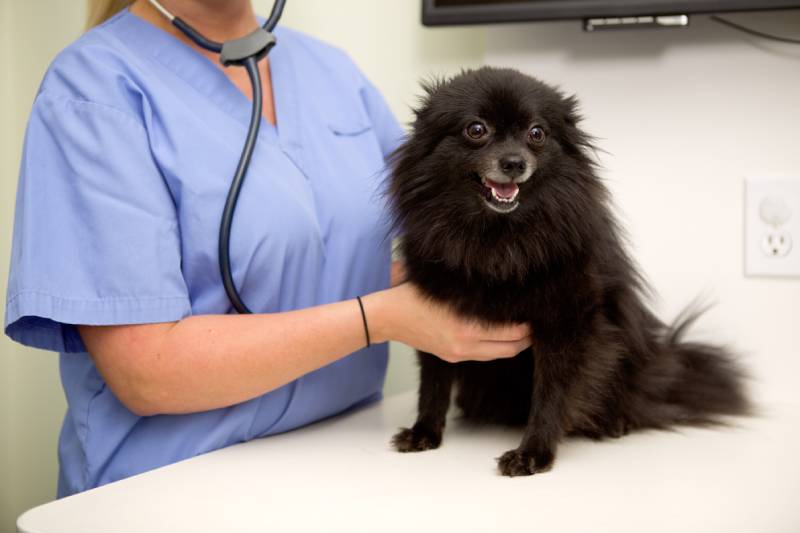
4. Ontario Veterinary College at the University of Guelph is Ranked fifth in the world for Veterinary Science.
(Top Universities)
The University of Guelph is a university that many veterinary students have heard of because it’s ranked as the number one university in Canada and the fifth university in the world for Veterinary Science. Ranking first in the world is the Royal Veterinary College at the University of London.
5. The Faculty of Veterinary Medicine at Université de Montréal has the lowest tuition fee
(CBC)
The Faculty of Veterinary Medicine at Université de Montréal is one of the more affordable veterinary schools by a long shot. While most domestic veterinary students pay between $9,000 to $13,800 for tuition fees annually, their tuition fees are $4,400 per year as of 2022.
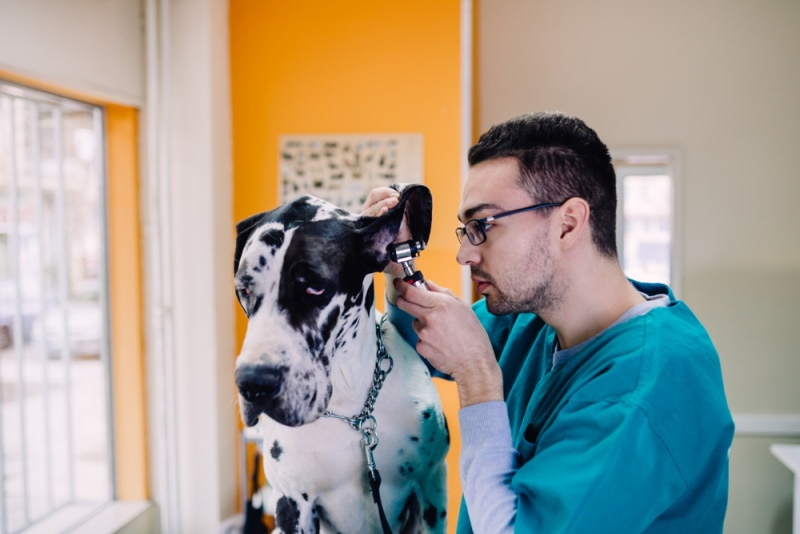
6. It takes a minimum of 6 years to obtain a DVM degree in Canada
(Carleton University)
If you’re dedicated to becoming a veterinarian, be prepared to give at least 6 years of your life to your studies. However, it can take longer. 2 of that 6-year commitment will be in a regular university doing pre-veterinary courses, and 4 years will be spent in one of the five veterinary colleges listed above.
Of course, if you’ve already completed your initial 2 years in a regular university and don’t get accepted into this highly competitive Veterinary Medicine Program, you may need to consider other options or try again during their next admission cycle.
To improve your chances of getting into veterinary school, look at the school’s website and educate yourself on their strict requirements in order to meet them. To get accepted, you’ll likely have to have excellent grades, a bit of experience in the veterinary field, pass the interview and application essay, provide letters of recommendation, and pass the entry exam.
Veterinary Statistics in Canada
7. There are only around 15,322 veterinarians in Canada
(CVMA 2)
Around 38,600,000 people are living in Canada as of 2023, with veterinarians making up only 15,322 of them. These vets are responsible for treating 8.5 million pet cats and 7.9 million pet dogs across the country, as well as other types of pets and wild animals too.
Qualified veterinarians can choose to pursue a career as large animal veterinarians, small animal veterinarians, mixed practice veterinarians, research veterinarians, equine veterinarians, and zoo veterinarians.
These vets diagnose illnesses, prescribe medication, treat injuries, perform surgeries, monitor behavior, provide preventative care, and educate people on their pets and the animals around them.

8. There are around 6,080 Canadian businesses in the veterinary services industry
(Statistics Canada)
There is a large number of veterinary-related businesses across Canada, such as animal hospitals, surgery services, clinics, testing labs, and services relating to livestock. There are also around 4,691 pet care businesses, although unrelated to veterinary care.
However, these veterinary-related businesses need more helping hands as around 1,265 job vacancies were needing to be filled by veterinarians in 2022 and 1,325 vacancies needed to be filled by veterinary technicians and animal health technologists in the same year.
9. Ontario has the highest number of veterinarians, totaling 5383
(CVMA 2)
Ontario is the leading province when it comes to veterinarians, as they have the highest in the country, with 5,383. They also happen to be the province with the highest number of domestic admissions out of all the veterinary schools in Canada.
Quebec is the province with the second-highest number of veterinarians, with 2,851.

10. There are 25% more female veterinarians than male veterinarians in Canada
(CVMA 2)
Women seem to be more driven to pursue a veterinary career than men. Of the 15,322 veterinarians in Canada, 62% of them are female, and 37% are male. 1% of this number have not disclosed their gender to the survey.
These numbers reflect similar numbers to the United States, where 63% of veterinarians are female, and 37% are men.
Market Growth Forecast
11. On average, veterinarians earn around $104,380 per year
(Indeed)
Earning over $100,000 per year sounds like an incredible income, and as much as it is, most people don’t start out their working careers in huge amounts of debt as veterinarians do.
Veterinarians often spend many years paying off their debt, and along with the long hours, many don’t feel as though the salary is worth the workload. Many veterinarians are part of small veterinary clinics that deal with small animals or companion animals and receive few benefits.

12. The Canadian veterinary services industry has a market size of $6.6 billion in 2023
(IBIS World)
While some veterinarians might be struggling a bit financially, the Canadian veterinary services industry is booming as a whole, with a market size of $6.6 billion in 2023. This is clear growth from where it was in 2015 when the market size was under $5 billion.
13. Between 2018 and 2023, the market size of the Canadian veterinary services industry has grown by an average of 3.6% per year
(IBIS World)
Since the pandemic, more people have adopted new pets into their homes. Now, more than half of Canadian households have at least one pet. With such an increase, more and more pet owners are willing to spend their money on preventative care, checkups, and treatment for the well-being of their furry companions.

14. 432,533 pets were insured in Canada by the end of 2021, which is 22.7% higher than the year before
(Mordor Intelligence)
The pet insurance industry has been successful in promoting the need for pet owners to insure their pets. The results are in the statistics as 22.7% more people insured their pets in 2021. With the rise in pet insurance, more pet owners are able to take their pets to the vet without having to pay the full cost, which brings in more work and a greater demand for veterinarians.
Frequently Asked Questions
Why are vets in high demand in Canada?
There is a demand for vets in rural and urban areas across Canada. This demand grew when the pandemic hit the world because more and more people adopted or purchased new pets.
With the high number of pets in Canada, there is a greater need for veterinary care and preventative treatment. However, with such few veterinary schools in Canada and so few spots available, there aren’t enough graduates to match the current and growing veterinary demand.

Will I get into veterinary school if my grades are high?
Unfortunately, the veterinary program in Canada is one of the toughest programs to get into in the country because there are only around 300 spots available each year. For every applicant that is accepted into veterinary school, there are close to 1,000 that are rejected. Sadly, even if you have achieved excellent grades throughout school, you aren’t guaranteed a spot in this highly competitive program.
(CentreTown Veterinary Hospital)
What subjects must I choose in high school to study to become a veterinarian?
If you’ve decided that you’re going to study to become a veterinarian, you need to start planning early. The subjects you choose in high school will either work for you or against you when you start to pursue veterinary studies. You will need to have knowledge of biology, chemistry, physics, mathematics, humanities, and social sciences.
Conclusion
Veterinary school in Canada is expensive. Canadian students will have to pay anywhere from $4,400 to $13,800 for tuition fees per year, while students without funding will have to pay around $67,717 per year. Although the average salary for veterinarians per year is $104,380, student debt can take many years to pay off.
Being accepted into a veterinary program in Canada is a tough task, as there are only five universities with limited spots. Students can only attend the university in their province, which further reduces their chances of getting in.
Related Reads:
Featured Image Credit: Elnur, Shutterstock



